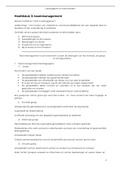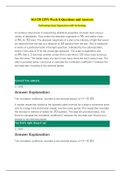Samenvatting
FDI, Trade and Geography summary
- Instelling
- Rijksuniversiteit Groningen (RuG)
Summary of the course of FDI, Trade and Geography taught in the BSC of International Business. A detailed summary the whole course including figures, definitions, and examples. The summary incldues the answers to all tutorials.
[Meer zien]













